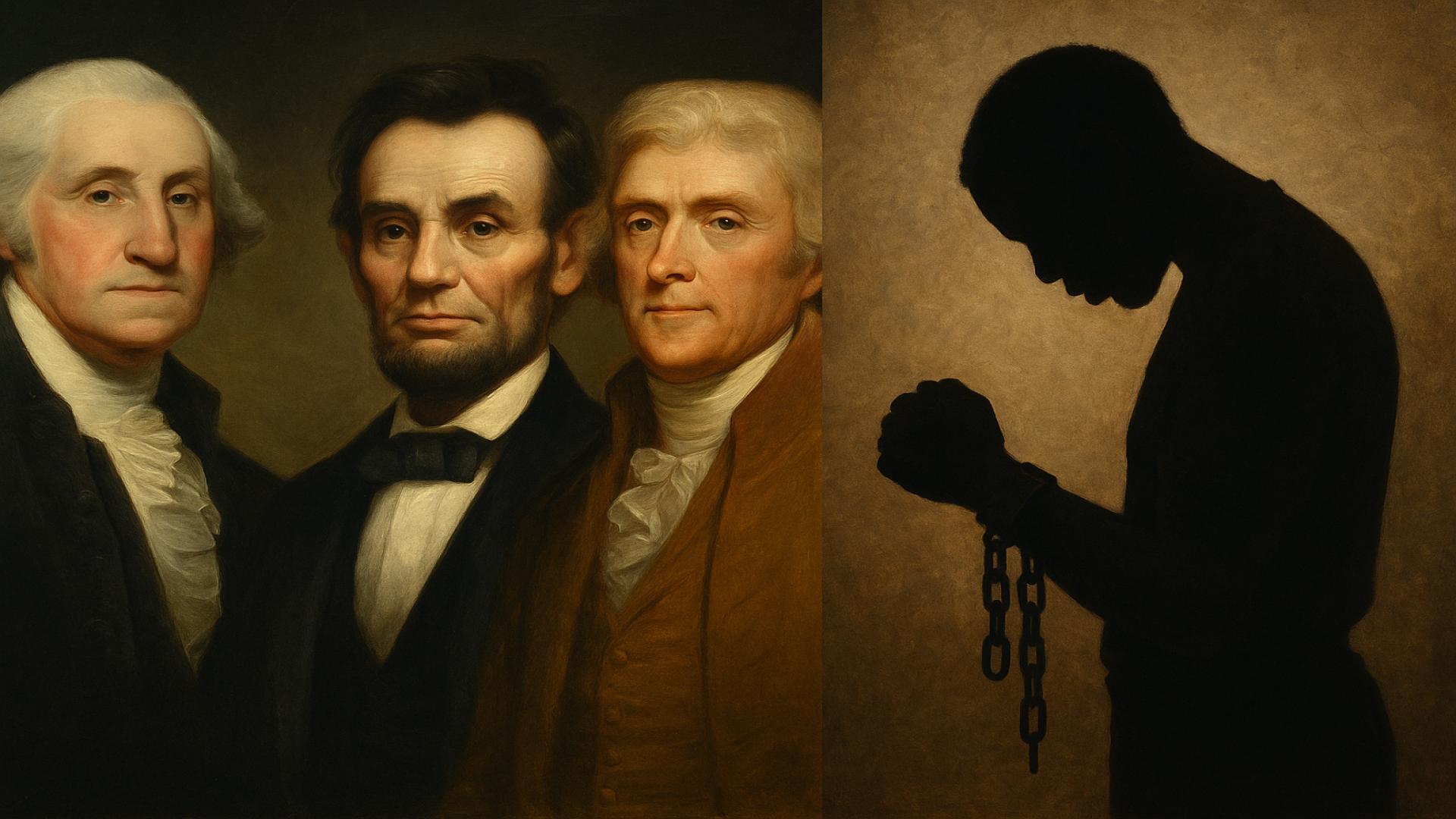2. Thomas Jefferson

Thomas Jefferson, author of the Declaration of Independence, famously proclaimed that “all men are created equal.” Yet at his Monticello plantation, he enslaved more than 600 people over his lifetime. Jefferson’s advocacy for liberty starkly conflicts with his reliance on enslaved labor and his failure to free most of those he held in bondage. Unlike George Washington, Jefferson did not provide for the emancipation of his enslaved workers in his will. Monticello explores this enduring contradiction at the heart of his legacy.
















